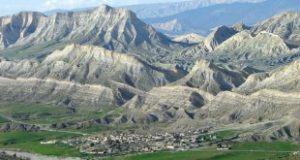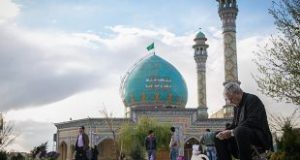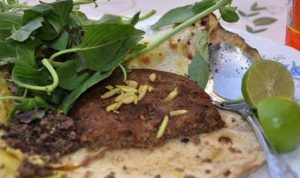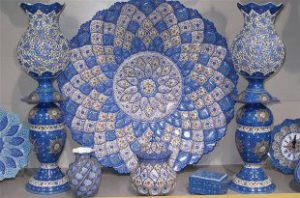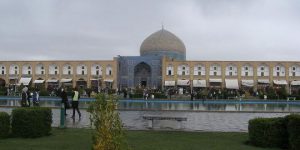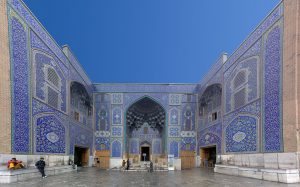This village originated from west springs of Govaver Village, 45 kilometers far from northwest of Ilam and runs northeast valleys of Qalajeh Mount to Gohar and Mansuri districts. In Mansuri district different springs of Malinjeh Mount join the river and run to Charlab Sorkh District. After passing some villages 31 kilometers far from the northeast of Ilam join Doab River and make Chenarch River. This river is 50 kilometers long and its source height is 1550 meter, and its slope is 8/0 percent.
- Please feel free to call us on 00989020038045 (Phone, Whatsapp, Telegram) or contact by info@mustseeiran.com, if you require any further information.
Follow us on Instagram @mustseeiran.com_insta
